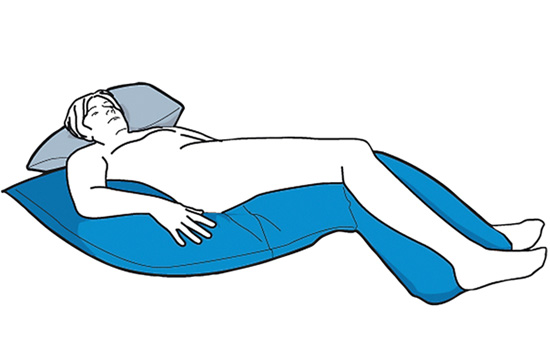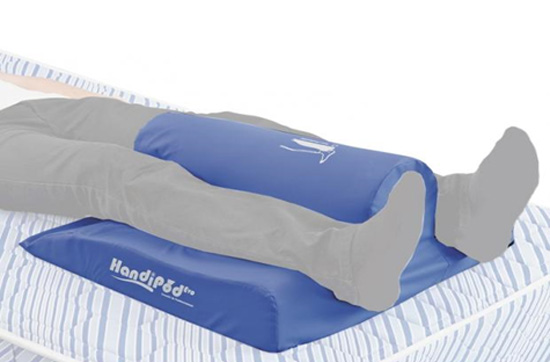

SLEEP AND NIGHT
Individuals with weakness and or muscle tightness can cause adoption of asymmetrical and unstable postures in lying.
SLEEP AND NIGHT – These asymmetrical postures can lead to pain, loss of movement, and changes to body shape over time.
In more severe cases, the presence of hip instability and spinal curvatures may be present.
If a person requires specialised seating while sitting, then it is more than likely that such individuals require support in lying.
Lying posture is influenced by gravity and the supporting surface, which is the mattress.
The use of sleep systems or a few positioning components can be effectively used with either a standard / non-specialised mattress or with a specialist pressure relieving mattress to provide support, balance, and comfort during lying postures.
Sleep system components can be effectively used to reduce stress and strain on major joints such as hip and shoulder joints, maintain alignment of the spine to reduce structural changes of the spine, improve respiratory function, and better manage pressure related issues.
